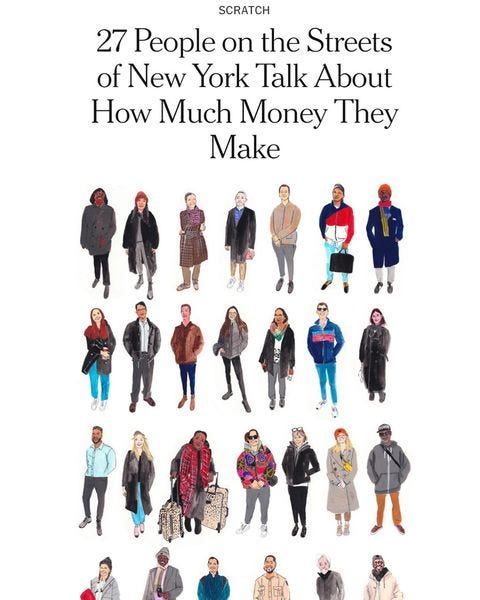Comics Journalism
Comics journalism is a unique form of storytelling that combines the visual and narrative elements of comic books with the investigative techniques and reporting of traditional journalism. This genre has a rich history, dating back to the early 20th century, when political cartoons and editorial comics were used to comment on current events and express opinions on various social and political issues (early fore-runners, include printmakers such as Currier and Ives and George Luks, who illustrated American Civil War battles). Over time, the genre has evolved to include more in-depth reporting and storytelling, giving rise to graphic novels and nonfiction comics that delve into complex subjects such as war, politics, and human rights.
The distinction between reportage, editorials, and satire is an important one in comics journalism. Not only have these lines blurred some since we’re reading most of our news online and not in a physical newspaper with dedicated sections (how many Onion articles have friends shared, thinking they were sincere!), but interrogating objectivity in journalism can be particularly challenging in a medium marked by humor, bending the rules of physics and anatomy, and the presence of imagination. Here are some examples:

Reportage refers to the factual representation of events, often based on in-depth research and interviews. Some people credit Joe Sacco with coining the term “comics journalism”; it’s also often called "graphic journalism," "comics reportage," and "sketchbook reports.” Here’s an interview with Joe Sacco about investigative journalism, the consequences of the decisions he must make, from choosing a topic to drawing mostly in black and white to working with collaborators and fixers.
Here’s an interesting example from Nhatt Nichols about public canneries.
Editorials, on the other hand, are opinion pieces that express the views of the author or publication on a particular issue. We found a great definition of what makes good editorials at the National Library of Medicine website: “a good editorial is either one or more of the following: it is an opinion maker, it is reconciliatory between contrary viewpoints or standpoints, it is balanced in its analysis of evidence and events, and it is, manifest or otherwise, crusading in its thrust.” Here’s a good example by Ben Passmore over at The Nib.
The Nib may be better known for its consistently excellent satire, using humor and irony to comment on and critique societal norms and political institutions. These comics from Jen Sorenson and Brian McFadden really shine in that regard.
All three forms of comics journalism have a unique role to play in shaping public opinion and driving social and political change—but wait, there’s more!
How to/Guide/List(icle): Why did lists become “listicles” in online journalism, anyway? Whatever the reason, there’s popular form of explainer articles, guides, top tens, and other digestible articles. Lately Malaka Gharib has been working on quite a few of these for NPR.
Live drawing: This example comes from Victoria Lomasko, whose Other Russias includes courtroom drawings of the Pussy Riot trial.
Beat on the Street: This example from Julia Rothman in The New York Times exemplifies the “beat on the street”—when a journalist stops random people on the sidewalk to ask them the same set of questions. This technique used to help sell papers, because “regular” people weighed in as experts.
Full interview: Cindy Lozito recently interviewed family members about a holiday tradition and turned the interview into a comic.
Infographic: This beautiful comic by Tânia Alexandra Cardoso attempts to use graphic storytelling as a way to make climate change more visible, understandable, and urgent. In it, she creates some inventive infographics, which can be deceptively difficult to come up with.
We recommend thoroughly exploring the Drawing the Times website for a collection of great comics journalism from around the world.
If you are interested in trying your hand at the form, here are questions to consider from practicing graphic journalists, including:
Why should this story be drawn, rather than simply written?
What’s the best way to draw sources? Does certain kinds of cartoon-ification of sources hinder the audience’s faith in the accuracy of the story?
Can you invent or imagine details for scenes in which you were not present?
As we discussed comics journalism, we started thinking about some things to avoid—too many talking heads; going panel-less and creating reading layout confusion; and info dumps/writing too much exposition, creating an imbalance of words and images. What other potential pitfalls exist in this form of graphic storytelling?
What’s a story you’re interested to tell in comics form?
Are there stories you feel you can’t tell in comics form? Is anything off limits?
Come visit us at the Southwest Popular American Culture Association Conference later this month!
If you are interested in the intersection of radical vulnerability, graphic medicine, and diary comics, you can now pre-order Unfiltered: A Cancer Year Diary.









